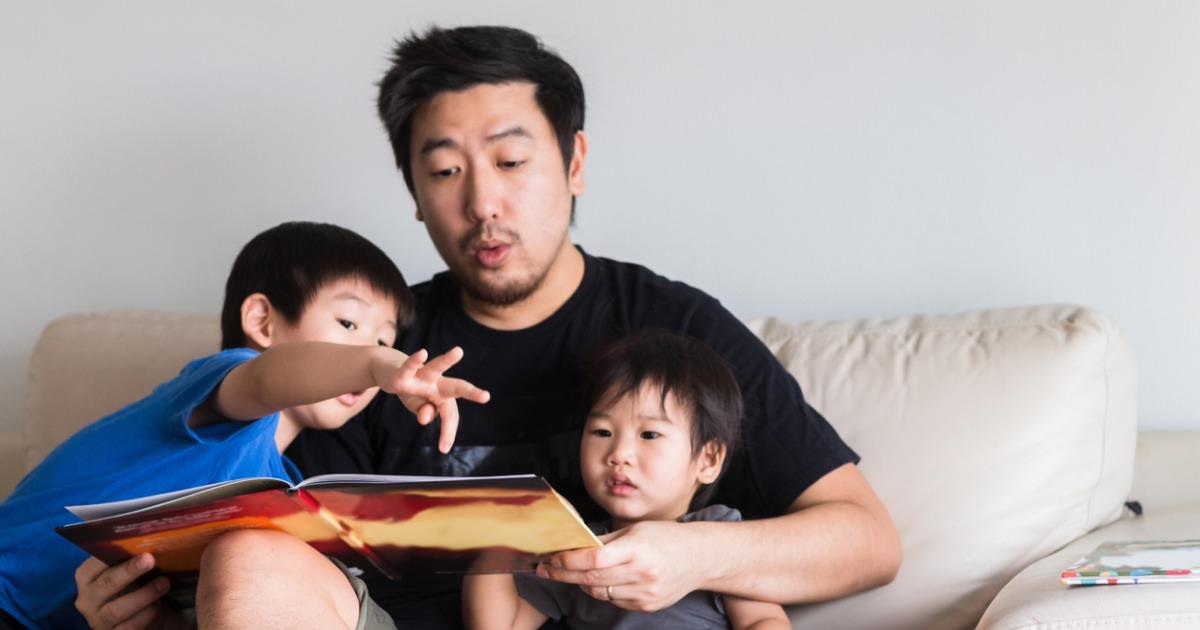Every year, without fail, some minister or another makes a remark about Singapore’s ageing population — the fact that our population is, on average, getting older.
This poses problems on multiple fronts — a smaller workforce in the future, more elderly to take care of, and a host of other issues.
The government, however, has not simply been sitting back and waiting for the crisis to come to a head: pro-natal policies have been the norm since the 1980s.
As part of this effort, parents in Singapore are awarded parental leaves to take care of their children. The most common form of this is maternity leave — working mothers of Singaporean children are entitled to at least 12 weeks of maternity leave.
But mothers, while extremely important, are just one half of the equation. To expect mothers to take all the responsibility of childbearing and childcare would be absurd in the modern day, especially since many families are dual income today — and this trend is only expected to rise.
According to the Department of Statistics, the proportion of married couples in resident households with a working wife increased from 52.9 per cent in 2010 to 60 per cent last year, while the proportion with only the husband employed decreased from 32.6 per cent to 24.9 per cent over the same period.
So with more working mothers, fathers are also increasingly needed to pitch in at home — and the government also provides them with two weeks of paternity leave. However, despite this provision, its usage is another issue altogether.
Are paternity leaves actually being used?
In response to queries from Channel NewsAsia, the Ministry of Social and Family Development stated that the take-up rate of paternity leave was 55 per cent in 2019, and the majority of fathers who took the leave used up the full two weeks.
What could be holding fathers back from taking paternity leave?
For one, being unaware of their leave entitlement could be a reason. “I actually don’t know if I qualify for paternity leave,” admitted Chris (not his real name), a father of one.
Beyond this, support for paternity leave from employers seems to play a key part in whether fathers are actually able to take this paternity leave. Sociologist Paulin Starughan also attributed the low take-up rate for paternity leave to self-policing in the workplace, and the desire for men to show that they are committed and dedicated workers.

Indeed, many fathers do concur that management plays a key role in their ability to take paternity leave.
“I did take paternity leave because the management at my company was pro-family. There was no issue there, and the paternity leave was used to take care of my son when he fell ill,” said Jason Ooi, who was working at an architecture firm at the time.
Kevin (not his real name), a father of two, concurs, sharing that he took paternity leave for the birth of his two children.
“The key to it is open communication. I kept my team and supervisors mentally prepared and well-informed. Trust also plays an important role, due to the nature of the leave. Employees sometimes need to go ahead and consume the leave first, before coming back to the office to endorse it in the system.”
At the same time, Kevin also noted that perception of paternity leave can sometimes cause a problem.
“Being away from work does not mean the person had a break — fatigue is a real issue. There is also a backlog of work awaiting you when you return. It takes mental resilience to overcome and empathise on other people’s part.”
Childcare is an ongoing responsibility
A huge caveat for paternity leave in Singapore is that it is specifically to be used for childbirth and infant care — yet, childcare is an ongoing responsibility even after childbirth.

“One of my favourite moments as a child was when my dad would just spend time with me in the evenings while my mum worked. It could be simple things like reading me a book, and explaining gravity to me”, says Kelly Ong, when asked about a fond father-daughter moment she remembers.
Clearly, raising a child goes beyond childbirth, and this includes taking care of a child from infant to adulthood.
Her father, Ong Chee Seng, a father of two, agrees that more can be done for working fathers to enable them to better focus on their families.
“I can definitely do with more leave. Flexibilities like working from home to help look after children when they are younger would be well-appreciated, as children may fall sick and we may need to send them to the doctor,” he says.
“Being able to spend more time with them during school holidays would also be good. At the end of the day, we want to see them grow from kids into mature, self-assured, and responsible adults.”
What more can be done?
Since childcare is an ongoing responsibility, it might be helpful for employers to provide additional support for working fathers.
Given that many fathers already use up their paternity leave and still feel it is insufficient, employers might provide some additional leaves out of goodwill.

Companies such as H&M, AstraZeneca and Electrolux are already doing this and doubling the amount of paternity leave available for employees. They have also urged other companies to do the same, and to take paternity leave seriously.
Of course, issues of social stigma and conservative mindsets are also present, and it might take longer for these to be resolved. But as Kevin’s story suggests, it is by no means an insurmountable obstacle — his team was able to help him cover some work, and his supervisors were prepared to grant him his leave.
“A newborn needs to have their parents around for the first year of their development. Fathers play an important role at this stage, and act as the main support for mothers as well,” he adds.
At the same time, employers may find it difficult to provide unconditional leaves, especially if the father is a key member of a team. Social stigma also exists with regards to mothers being primary caregivers and fathers expected to be responsible for being the main breadwinner of the family.
Some compromise therefore needs to be found. Kevin suggests that there could be a form of ‘conditional leave’ for fathers, with actionable plans to ensure that his employment responsibilities are not completely neglected. He is also in favour of having fathers sign up for courses on baby care, to build their confidence and childcare abilities.
Of course, given that childcare does not stop at childbirth, more support can also be offered to working fathers beyond parental leave. Currently, fathers are entitled to six days a year of childcare leaves until their child turns seven.
While this policy is helpful, leaves can also be provided for fathers when children grow beyond the age of seven — after all, this is the age where children begin schooling.
While educational institutions can provide some form of childcare during the day, it is also likely that parents will sometimes have to meet with teachers and play an active role in their children’s education during this crucial phase of their life.
In addition, as Ong suggested, fathers may need to take leaves during specific periods of the year such as school holidays. Employers may grant this by allowing fathers to take additional leaves only during this period.
As Singapore develops, our society has also been changing. The government has done much to encourage fathers to take a more active role in childcare, but more can definitely be done.
Social stigma, self-policing, and inflexibility of working schedules has remained an obstacle for many. With the Covid-19 pandemic, flexible or hybrid models of working have been shown to be effective. Perhaps with time, more employers will better understand the needs of fathers, and be more willing to grant them the time they need to raise their children and spend more time with them.
Featured Image Credit: theAsianparent








